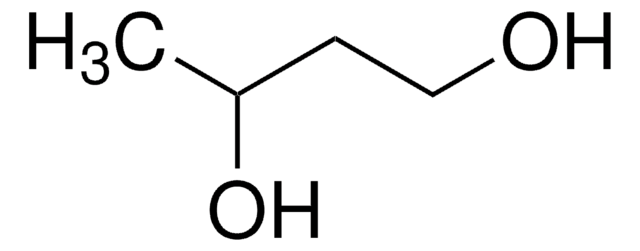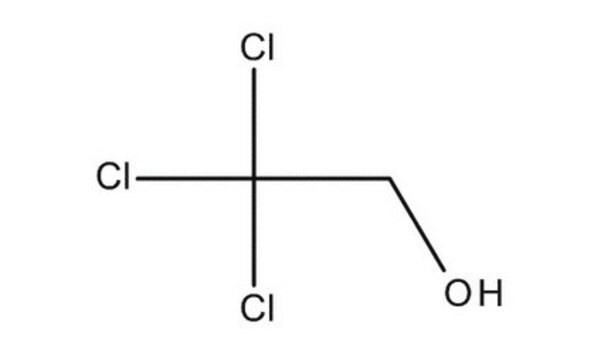Kluczowe dokumenty
1193265
USP
Diethylene glycol
United States Pharmacopeia (USP) Reference Standard
Synonim(y):
2,2′-Oxydiethanol, 2-Hydroxyethyl ether, Bis(2-hydroxyethyl) ether, Diglycol
About This Item
Polecane produkty
gęstość pary
2.14 (vs air)
ciśnienie pary
0.01 mmHg ( 20 °C)
rodzina API
diethylene glycol
temp. samozapłonu
442 °F
granice wybuchowości
2-12.3 %
producent / nazwa handlowa
USP
współczynnik refrakcji
n20/D 1.447 (lit.)
tw
245 °C (lit.)
mp
−10 °C (lit.)
gęstość
1.118 g/mL at 25 °C (lit.)
Zastosowanie
pharmaceutical (small molecule)
format
neat
ciąg SMILES
OCCOCCO
InChI
1S/C4H10O3/c5-1-3-7-4-2-6/h5-6H,1-4H2
Klucz InChI
MTHSVFCYNBDYFN-UHFFFAOYSA-N
Szukasz podobnych produktów? Odwiedź Przewodnik dotyczący porównywania produktów
Opis ogólny
Zastosowanie
- Propylene Glycol
- Glycerin
- Polyoxyl 40 Hydrogenated Castor Oil
- Sorbitol Solution
- Polyethylene Glycol 3350
- Maltitol Solution
- Noncrystallizing Sorbitol Solution
Komentarz do analizy
Inne uwagi
produkt powiązany
Hasło ostrzegawcze
Warning
Zwroty wskazujące rodzaj zagrożenia
Zwroty wskazujące środki ostrożności
Klasyfikacja zagrożeń
Acute Tox. 4 Oral
Kod klasy składowania
10 - Combustible liquids
Klasa zagrożenia wodnego (WGK)
WGK 1
Temperatura zapłonu (°F)
280.4 °F - closed cup
Temperatura zapłonu (°C)
138 °C - closed cup
Certyfikaty analizy (CoA)
Poszukaj Certyfikaty analizy (CoA), wpisując numer partii/serii produktów. Numery serii i partii można znaleźć na etykiecie produktu po słowach „seria” lub „partia”.
Masz już ten produkt?
Dokumenty związane z niedawno zakupionymi produktami zostały zamieszczone w Bibliotece dokumentów.
Klienci oglądali również te produkty
Protokoły
99%; Glycerol, ≥99.5%; Tetraethylene glycol, 99%
Nasz zespół naukowców ma doświadczenie we wszystkich obszarach badań, w tym w naukach przyrodniczych, materiałoznawstwie, syntezie chemicznej, chromatografii, analityce i wielu innych dziedzinach.
Skontaktuj się z zespołem ds. pomocy technicznej









